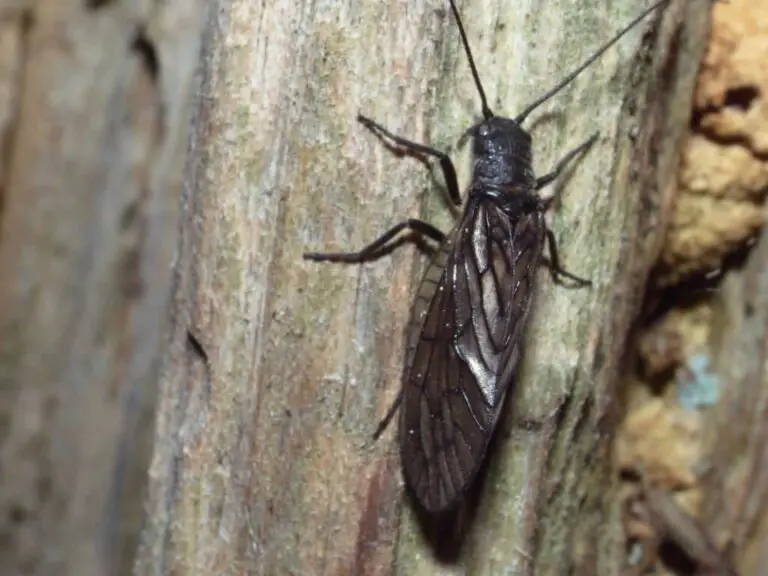Natural Flea Repellents: 17 Plants That Repel Fleas
While fleas may not be a significant issue for humans due to our relatively hairless state, they can still cause problems for pets. Stray animals and rats are common carriers of these pesky insects. To prevent your dogs or cats from becoming infested with fleas, daily bathing is essential. Alternatively, consider cultivating plants that naturally repel fleas.
Not only are these plant-based solutions safer for the environment than synthetic insecticides, but they can also provide a natural defense against these unwanted pests.
Fleawort
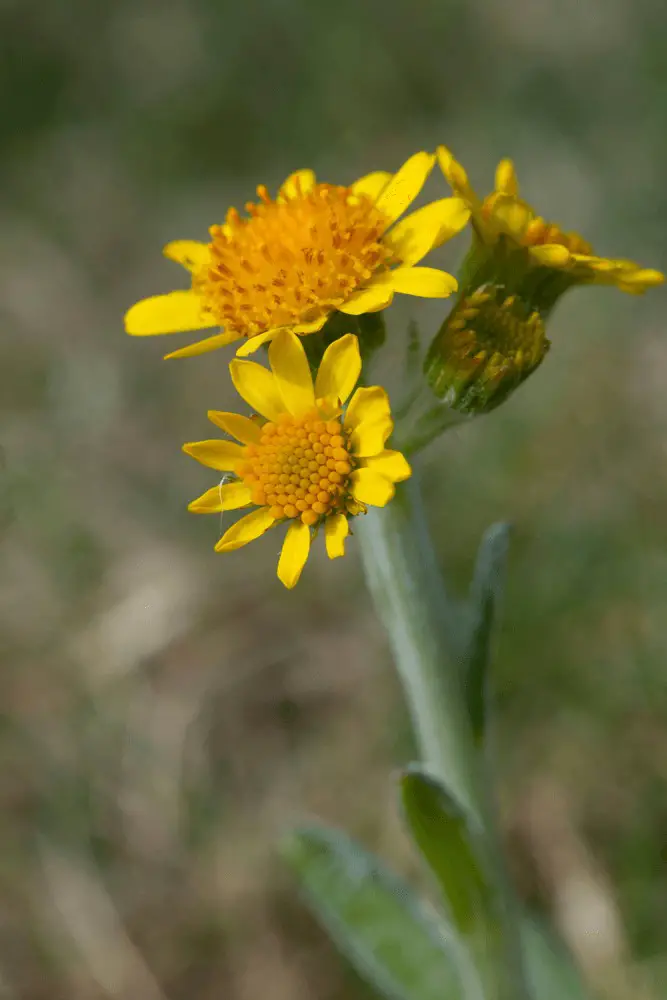
Fleawort, a European species of plant with flowers resembling yellow daisies, is an unexpected yet effective ally in the fight against fleas. Its seeds may bear a striking resemblance to their tiny, bloodthirsty counterparts, but it’s the actual fleas that find themselves repelled by this peculiar plant. It’s almost as if nature has conspired to create an ironic solution to the flea problem – a natural deterrent that keeps those unwanted critters at bay.
Mint
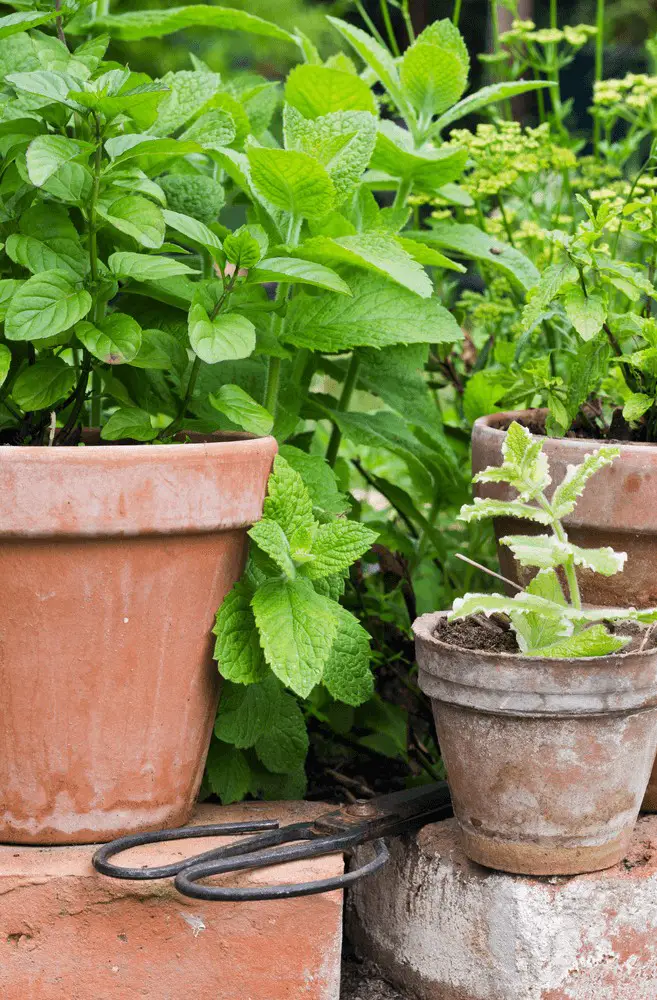
While humans often find the aroma of mint invigorating and refreshing, insects have a peculiar aversion to it. The scent that we associate with cooling breath and revitalized senses is overwhelming to pests like fleas, which are repelled by its pungent intensity. Any member of the mint family, whether it’s peppermint, spearmint, or others, seems to be equally off-putting to these tiny creatures.
Meanwhile, humans have no qualms about incorporating mint into our daily lives – from confectionery treats to oral care products and topical applications. The contrast between human appreciation for mint’s refreshing qualities and insect disdain for its potent scent is a fascinating phenomenon that highlights the unique sensory experiences of different species.
Catnip
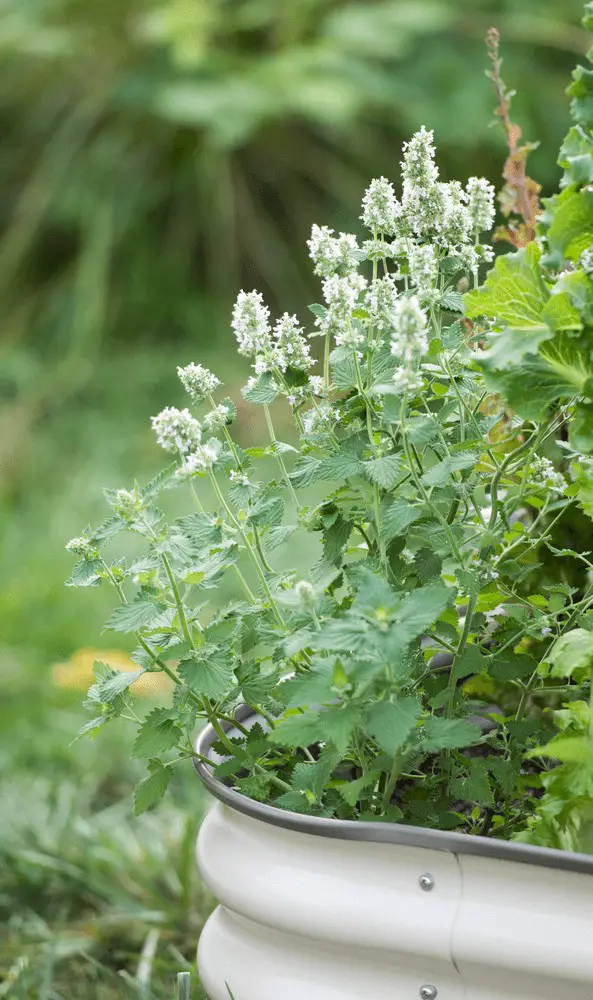
Cats have a special affinity for catnip, while fleas despise it – a peculiar yet harmonious pairing that offers a convenient solution. If you’re a cat owner, incorporating this plant into your home can be a simple and effective way to deter those pesky fleas. Your feline friend will delight in the intoxicating aroma, becoming utterly enthralled, while the unwanted guests will seek alternative accommodations. Simply having it around the house can make all the difference.
Rosemary
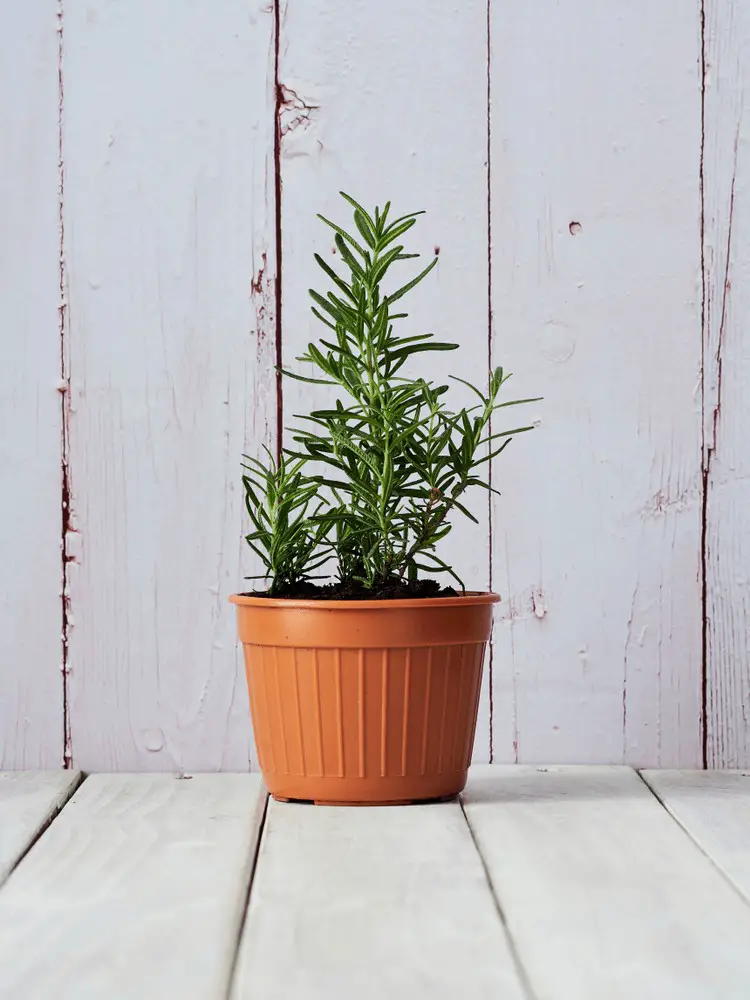
While rosemary may evoke thoughts of culinary delights, it’s also a natural flea repellent. Fleas exhibit a strong dislike towards the herb, specifically the rosemary species and not to be confused with other rosemary-related plants like rosemary peas or bog. The pungent leaves and flowers of rosemary, featuring shades of blue, purple, pink, or white, have proven effective in repelling these unwanted visitors.
For those seeking an alternative to conventional pest control methods, incorporating rosemary into your gardening routine may prove a valuable addition.
Marigolds
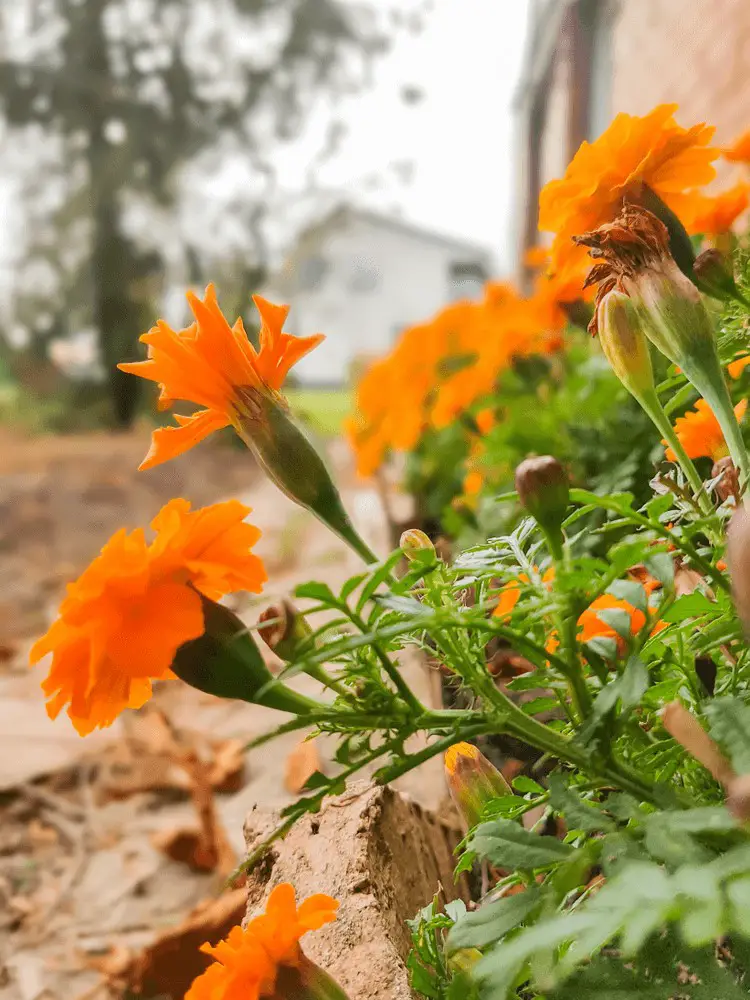
Marigolds are a powerhouse of versatility when it comes to flowers. One of their most impressive feats is their ability to repel fleas, but that’s just the tip of the iceberg. This flower also has a range of uses in reducing diaper rash and minimizing scar discoloration. Additionally, marigold is known for its wound-healing properties, effectively treating burns, bug bites, dermatitis, eczema, bruises, and cuts.
Its medicinal properties make it an excellent herbal remedy for various skin care concerns.
Rue
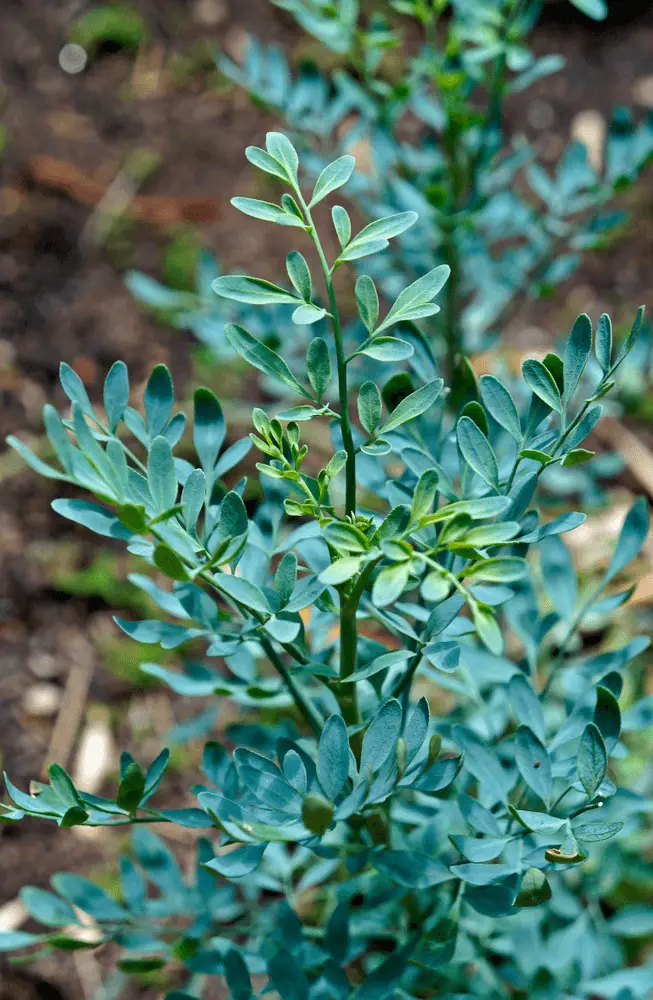
In the not-so-distant past, people relied on a simple yet effective formula to keep fleas at bay: a mixture of water and rue. This natural remedy was a staple in many households, particularly among early physicians who swore by its flea-repelling properties. While modern pet owners have a plethora of specialized products available to combat fleas, there’s still merit in dusting off these eco-friendly tactics from yesteryear.
By embracing the tried-and-true methods of our ancestors, we can create a more sustainable and environmentally-conscious approach to keeping our furry friends flea-free.
Chamomile
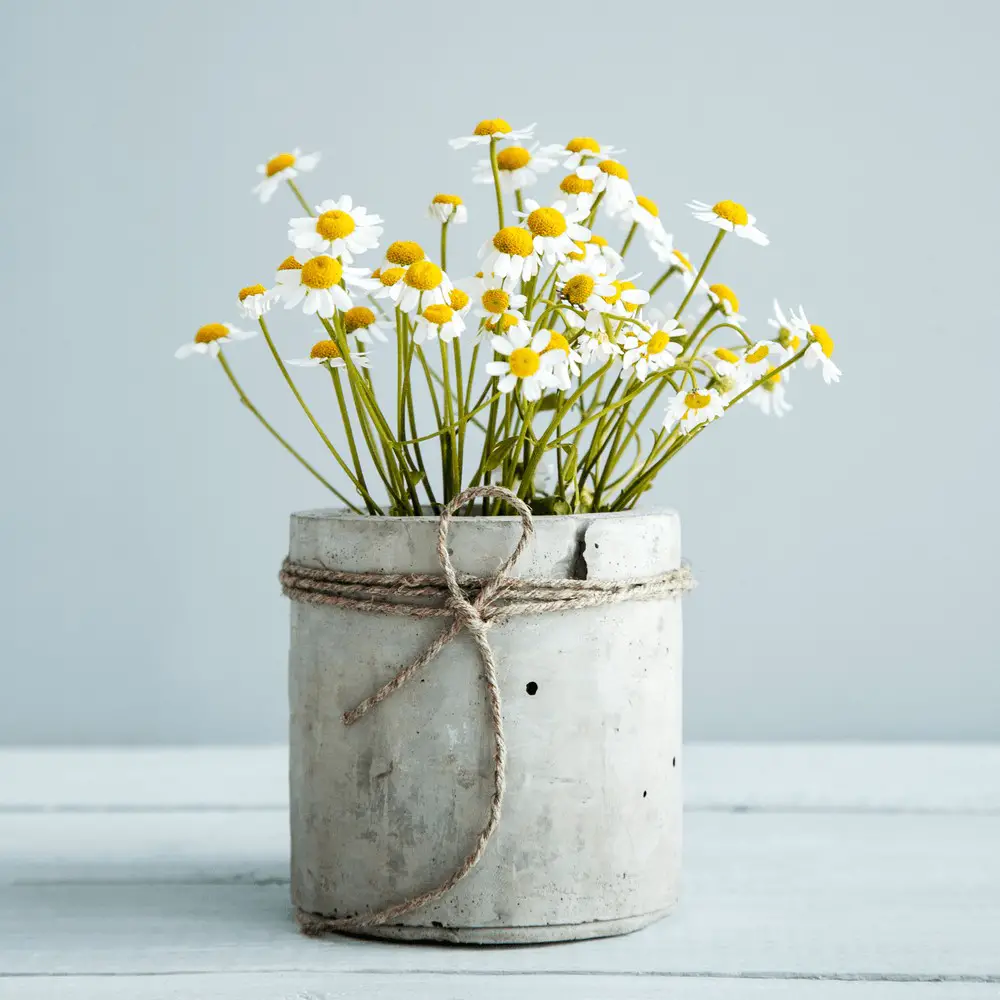
While chamomile may not boast the same potency as commercial flea powders, it still possesses the ability to subtly curtail flea activity in pets. In a sense, drinking a soothing cup of chamomile tea and applying its calming effects to your furry friend can be an effective, if not dramatic, solution for reducing unwanted pest infestations.
Sage
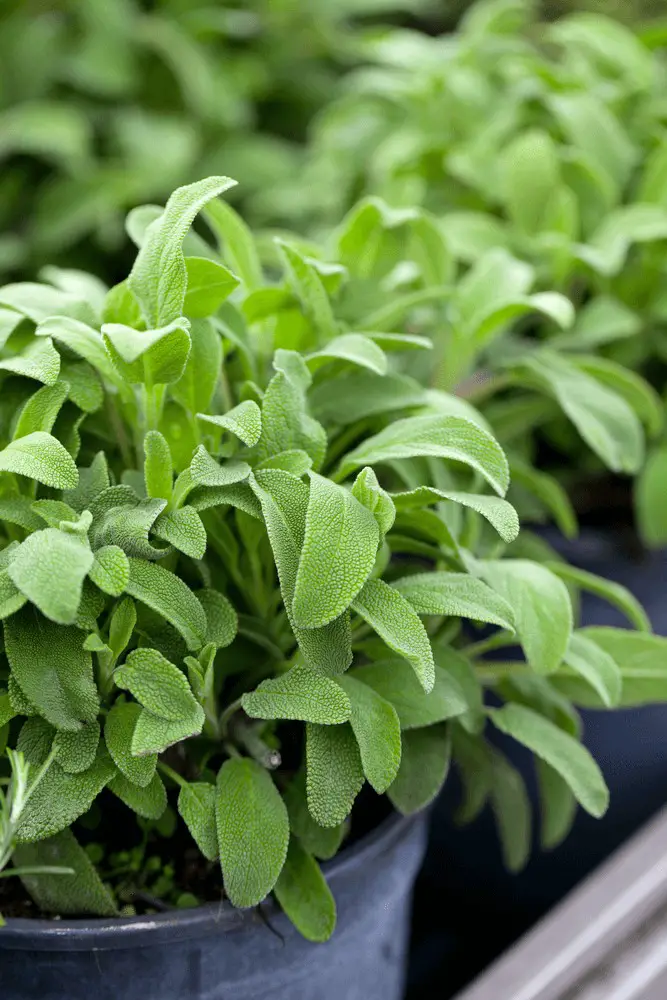
The peppermint plant is a member of the mint family, boasting the largest size among its peers in terms of plant dimensions. Its sprawling nature can lead to extensive coverage of your garden or lawn area. As such, it’s an ideal choice for homeowners seeking natural methods to repel fleas from their property’s perimeter. In fact, planting and cultivating sage throughout your fields is a recommended step towards achieving this goal.
Lemon Grass
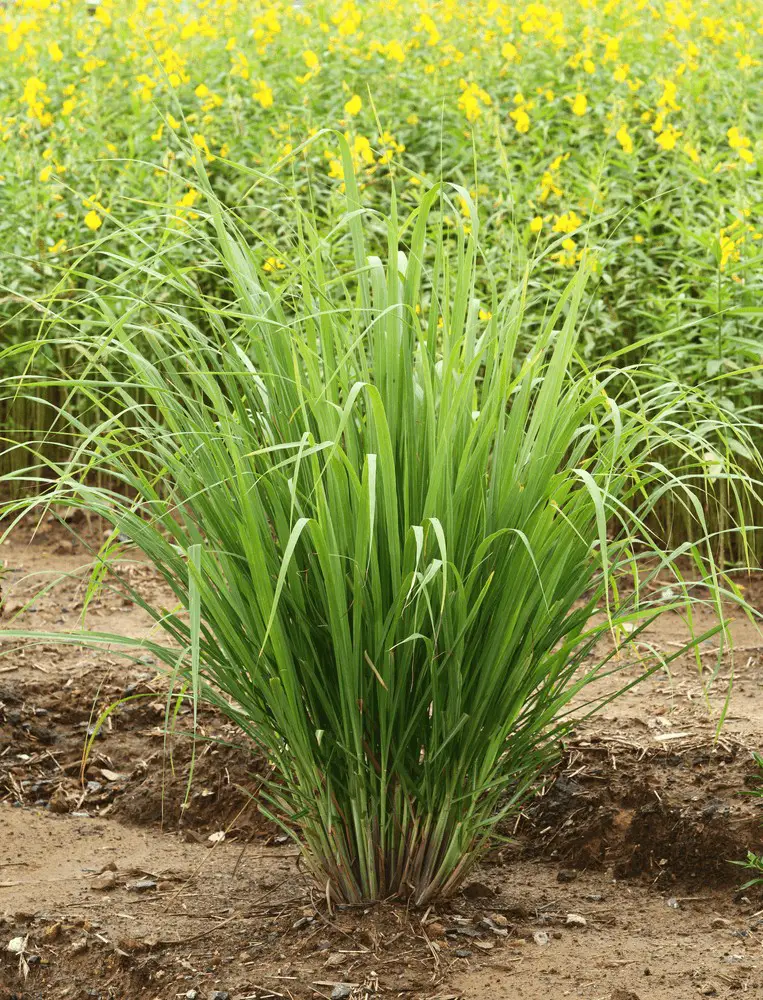
Lemongrass, also known as Cymbopogon, is a type of grass that boasts a citrusy aroma and flavor reminiscent of lemons. Its popularity in Asian cuisine is well-deserved, as it adds a unique and tangy dimension to dishes much like bay leaves do in Western cooking. Beyond its culinary applications, lemongrass has the added benefit of repelling unwanted pests from your garden.
Specifically, its presence can help reduce mosquito populations and flea infestations, making it a valuable addition to any outdoor space.
Sweet Bay
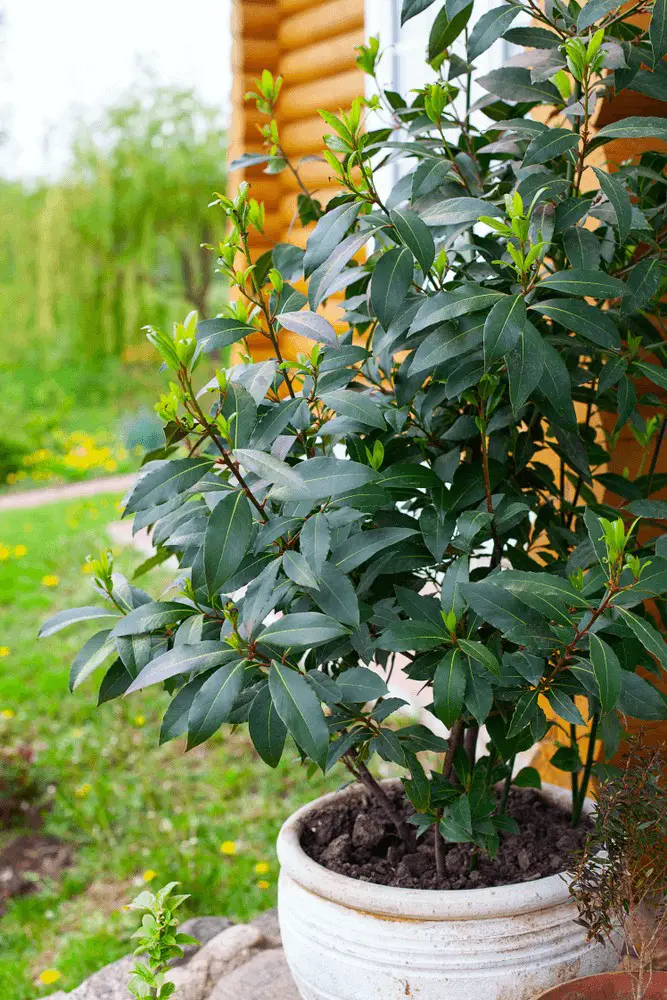
Bay leaves, also known as sweet bay, belong to the laurel family and are a staple in many kitchens. As a common culinary ingredient, it’s no surprise that cooks around the world have grown fond of its unique flavor and aroma. But did you know that this versatile herb has more to offer than just adding depth to your favorite dishes? Bay leaves can also be used as a natural pest repellent.
Whether dried or fresh, the leaves are known to effectively ward off unwanted critters like fleas, flies, and even mice and other vermin.
Citronella
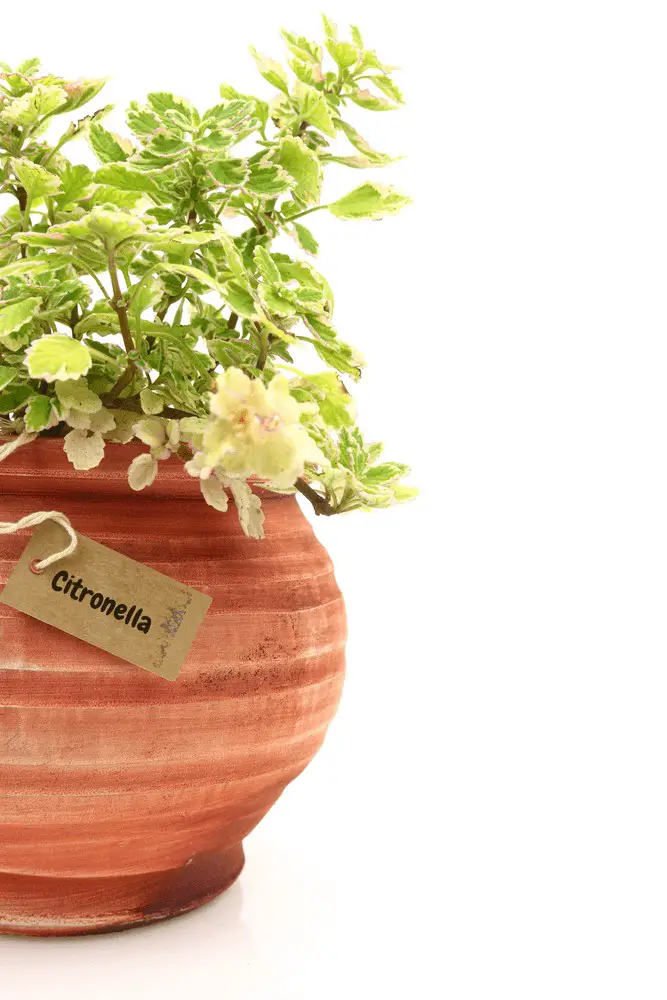
While citronella is often associated with its ability to repel mosquitoes, its citrus aroma also proves effective in deterring fleas. By incorporating this plant into your outdoor space, you can help keep the flea population under control and provide a pleasant scent for both humans and animals alike. As an added benefit, having citronella around can bring relief to your furry companions, including dogs and cats, who will appreciate the natural flea deterrent.
Tansy Ragwort
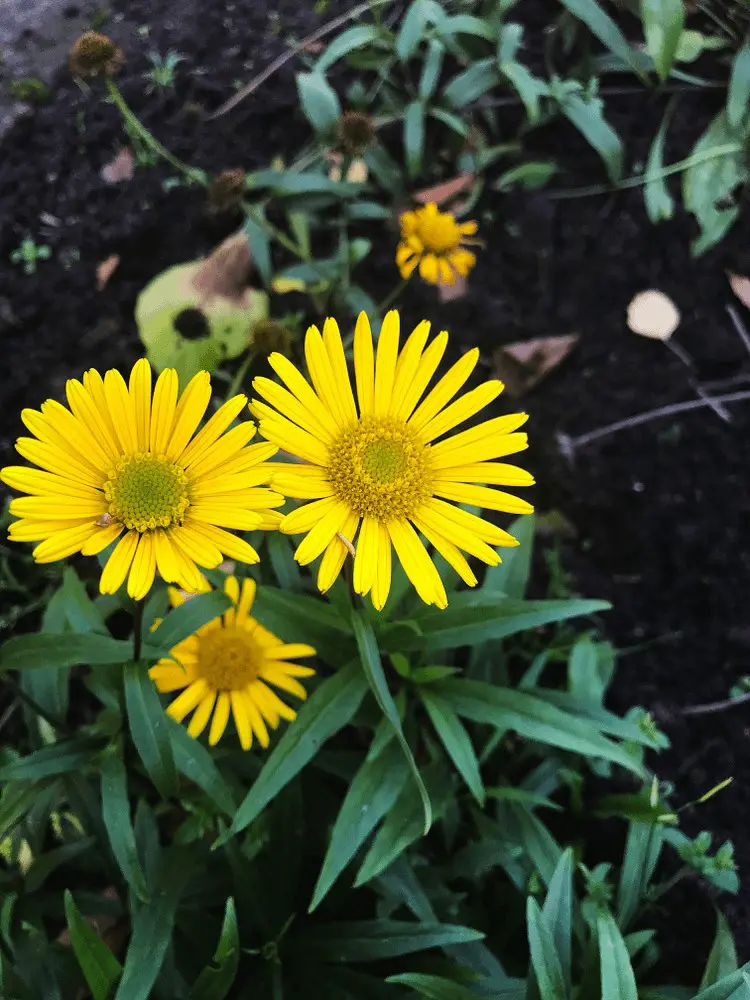
The Jacobaea Vulgaris, commonly known as the weed with a comical name, boasts a multifaceted utility in repelling insects. Its impressive résumé includes not only warding off fleas but also effectively eliminating scabies and lice. This common wildflower, native to many regions, harbors an array of alkaloids that render it toxic to certain animals, extending its deterrent properties beyond just flea populations.
Eucalyptus
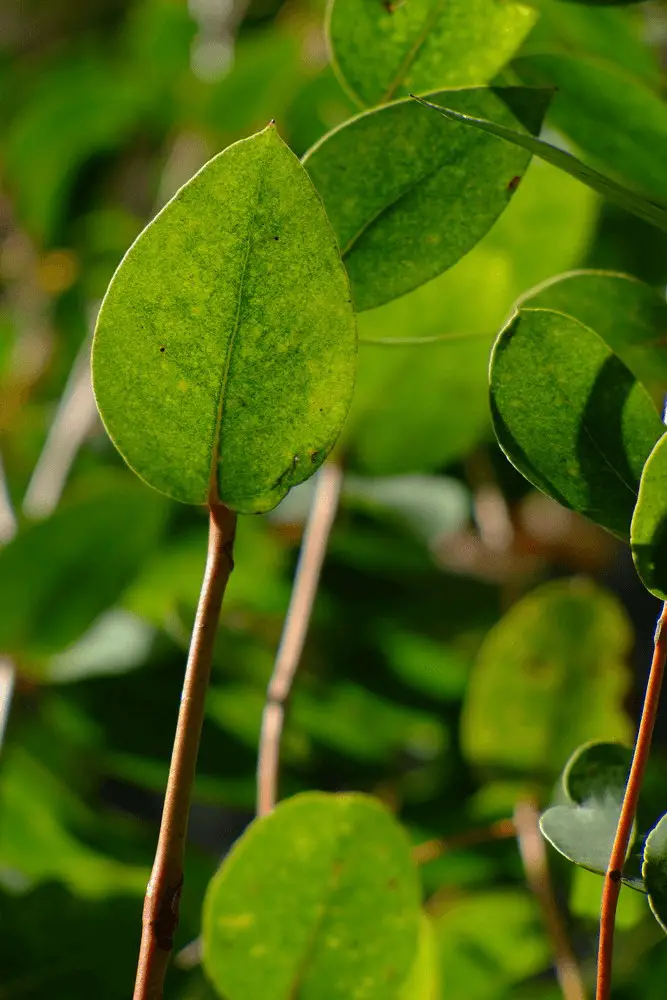
The eucalyptus plant, beloved by koalas and unappealing to fleas due to its distinctive scent, offers more benefits than just being a tasty snack. Its waxy leaves and robust aroma also make it an attractive ornamental tree for humans. Furthermore, the oil extracted from the plant has been shown to have therapeutic properties, effectively treating skin ulcers and arthritis, as well as providing relief from asthma symptoms. This versatility has led to its widespread cultivation and use.
Wormwood
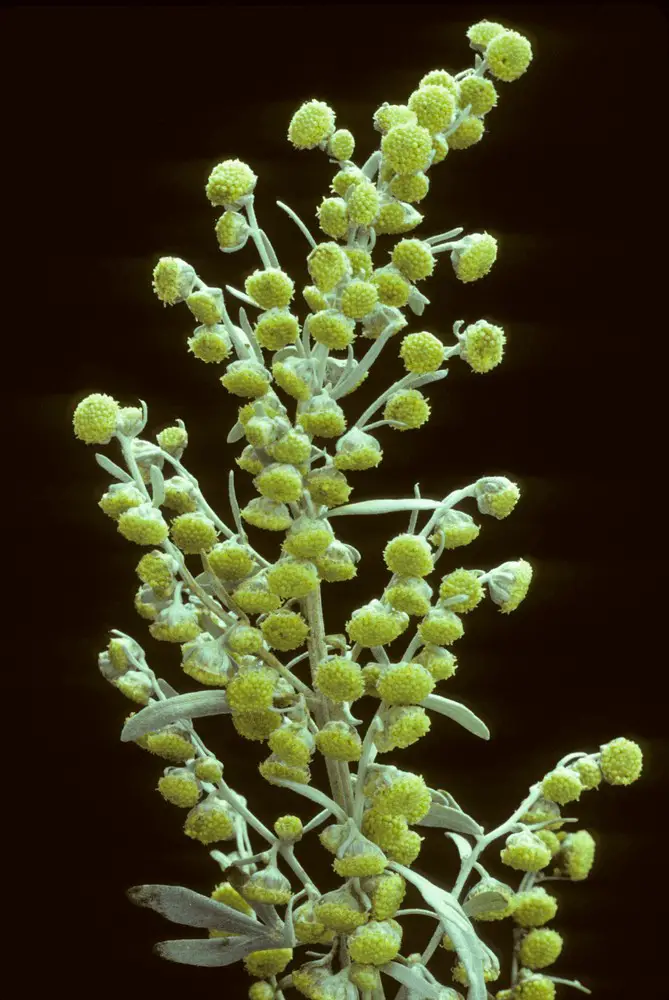
Widely recognized for its potent flea-repelling properties, this herb is a versatile addition to any garden. Its ornamental value only adds to its appeal, as it’s also used in the production of absinthe, a spirit-based drink. For optimal growth, cultivate the herb in well-draining soil and provide it with direct sunlight. A nitrogen-rich, fertile soil will help promote healthy development.
Chrysanthemums
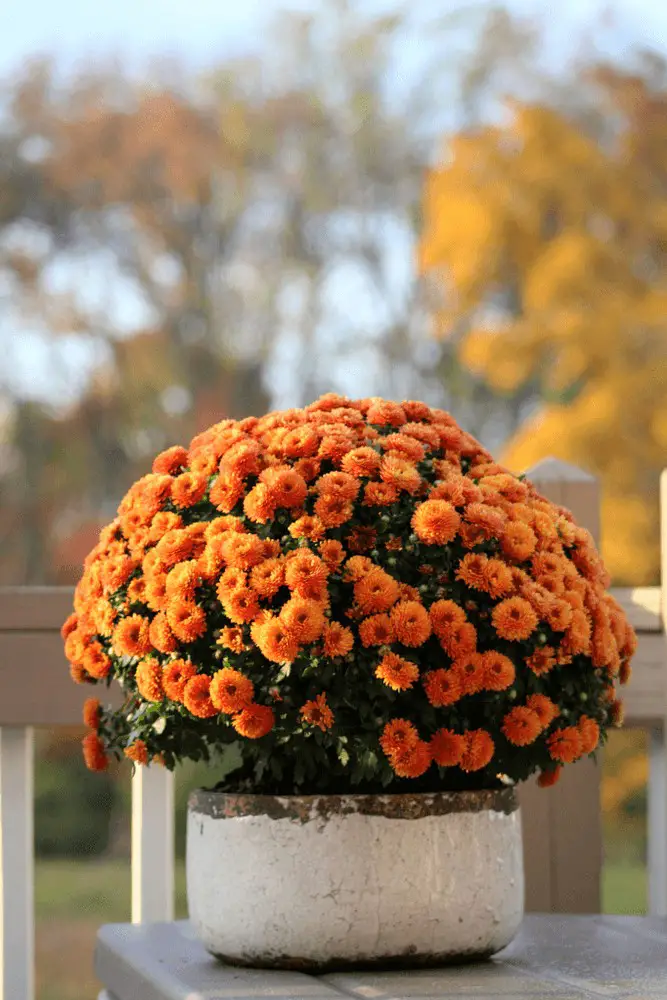
The appeal of chrysanthemums extends beyond their role in deterring flea infestations. These stunning flowers have the power to elevate any flowerbed, making them a valuable addition regardless of pet-related concerns. What’s more, their pyrethrum content serves as a natural insect repellent, effectively warding off fleas and ticks. This dual benefit makes chrysanthemums an attractive choice for gardeners seeking both aesthetic and practical value.
Lavender
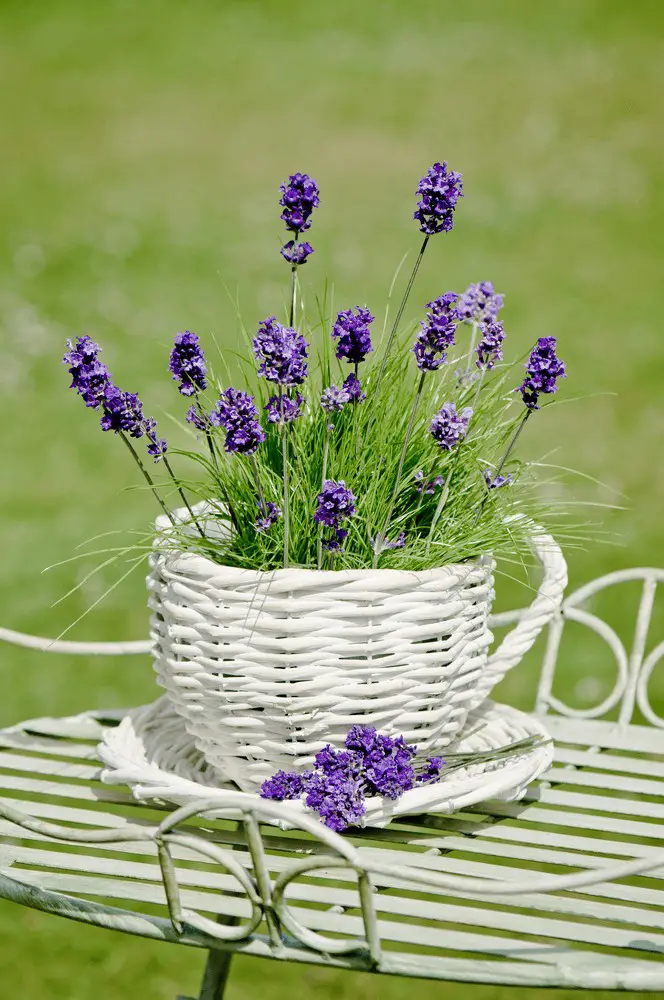
The lovely and aromatic plant boasts an impressive array of characteristics that make it both appealing to humans and formidable against unwanted pests. Its sweet fragrance, vibrant blooms, and attractive foliage are reminiscent of a rose, while its natural flea-repelling properties render it a potent alternative to traditional repellents like DEET or flea powder. It’s hard not to appreciate this charming perennial for its multifaceted benefits.
In Summation
To naturally deter fleas from entering your home, consider planting certain species around entrance points. These plants can be a pleasant addition to your outdoor spaces, such as back patios and front porches. However, it’s essential to keep in mind that not all plants are pet-friendly. While some of these flea-repelling plants are safe for your pets, others can be toxic. As such, it’s crucial to segregate the more hazardous species from areas where your pets frequent.
For instance, avoid placing citronella, eucalyptus, fleawort, pennyroyal/fleabane, rue, sweet bay, tansy, and wormwood near your pets. The remaining plants are safe to be around your pets. In addition to using these natural flea repellents, consider combining them with flea powder and regular baths for the most effective results. Your pets will appreciate the effort you put into keeping them comfortable.






